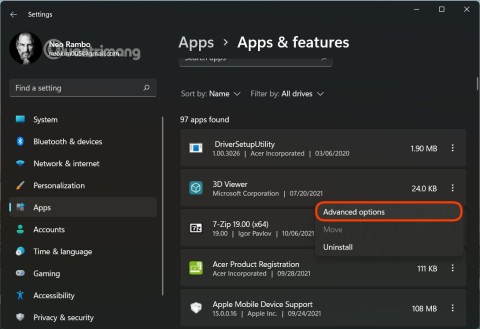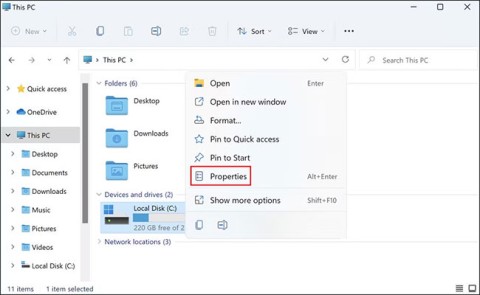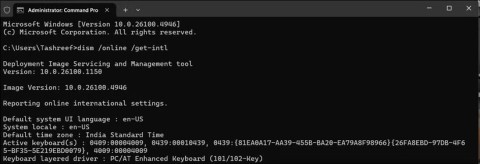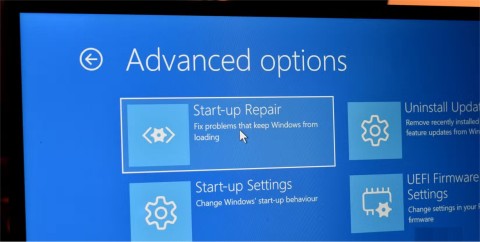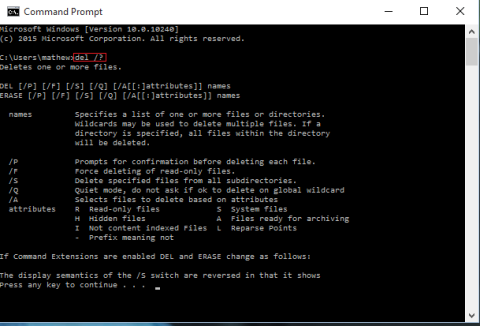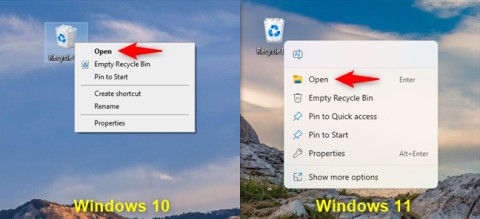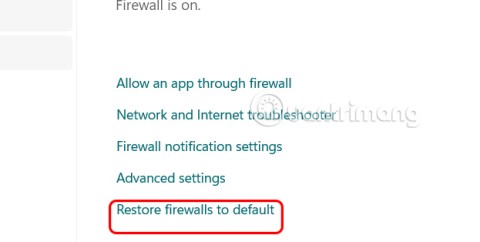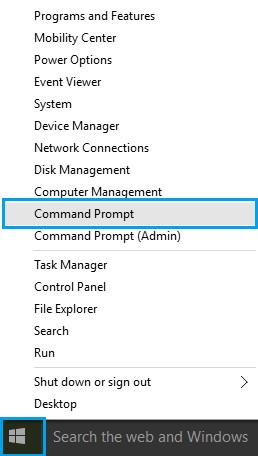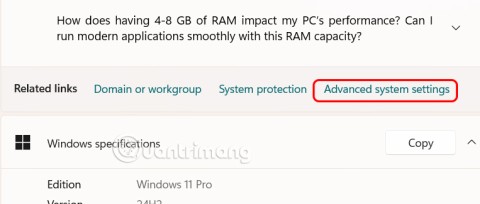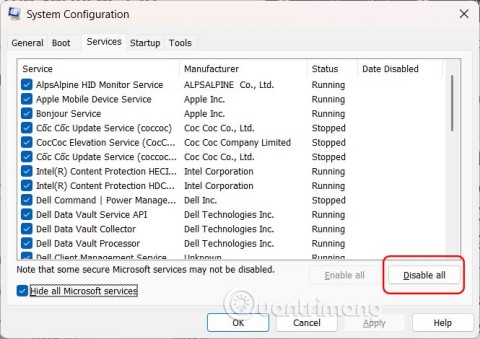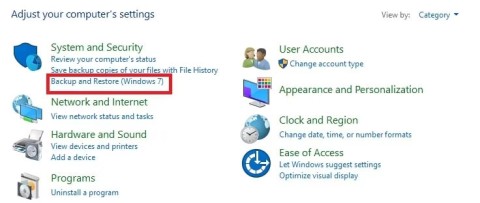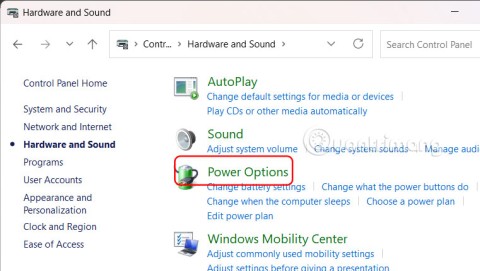4 Types of Windows Data That Are Growing in Size: How to Control Them?
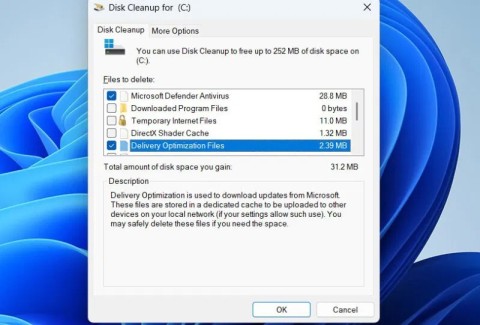
Although Windows Storage Sense efficiently deletes temporary files, some types of data are permanent and continue to accumulate.
When you buy a new desktop or laptop, you can save some money by buying a device with basic specifications. You can increase its performance later by upgrading the RAM . The question is, how much RAM can your desktop or laptop hold? Is it at its maximum or is there room for an upgrade? Let's see how to find the maximum RAM supported on your Windows, Mac or Linux device!
How to check maximum RAM capacity of Windows computer
Windows users can determine the maximum RAM size in Command Prompt using the command below. It gives the final value in kilobytes, but you can easily convert this value to gigabytes by dividing the value by 1048576.
wmic memphysical get MaxCapacity, MemoryDevicesThe example below shows the maximum RAM size in the example is 33554432. This number divided by 1048576 equals 32GB .
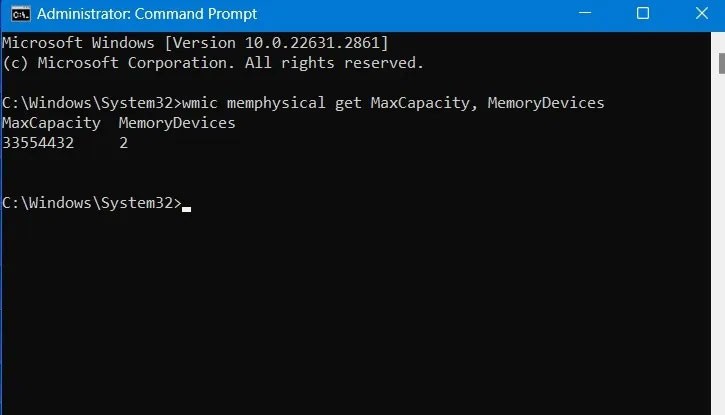
The command also shows that the motherboard has two memory devices (or memory slots). This quickly gives you the maximum amount of RAM per slot. Just divide the maximum amount of RAM by the number of slots.
In the above example, it would be 32 : 2 = 16GB .
Therefore, with this device, you can install up to 16GB of RAM in each slot, for a total of 32GB.
How to Check Maximum RAM Capacity on macOS
The easiest way to find your Mac's maximum RAM is to go to About this Mac in the Apple menu . Click the More Info button to see your system specifications.
The Hardware Overview section is located in Hardware .
There are differences in maximum RAM depending on which MacBook you have. If it’s a MacBook Air or an older MacBook Pro model, the maximum supported RAM is the same as the Memory value shown – in this example, 8GB.
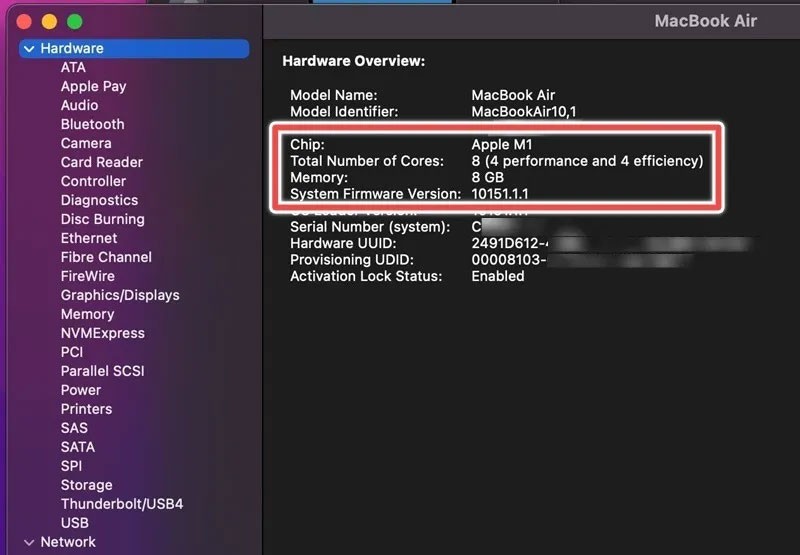
However, if you own one of the latest Mac Pro models, with Apple M2/M3 Pro or Max chips, the maximum RAM supported on your device will be much higher. For these devices, you should pay attention to the Total Number of Cores . It plays an important role in assessing how much additional RAM your device will support. The more performance cores, the more RAM upgrades you can make.
If you have a 12-core MacBook Pro released in 2023 with 16GB of unified memory, at least 8 performance cores, and an Apple M2 Pro chip, the maximum supported RAM will be 32GB. With an Apple M2 Max chip and a 38-core GPU, the maximum supported RAM will increase to 96GB.
Note : To add RAM to your MacBook Pro, you can only use Apple-approved memory. Also, you cannot mix LR-DIMM and R-DIMM RAM. Keep in mind that many MacBook Pro models only allow you to upgrade RAM at the time of purchase, not later. Also, if you damage the RAM while installing it yourself, Apple may refuse to service your device in the future.
How to Check Maximum RAM Size on Linux
To find the maximum RAM size in Linux, go to your distribution's Terminal and use the dmidecode command.
If it is not installed by default on your distribution, install it using the commands for the respective distribution.
#ubuntu/debian
sudo apt install dmidecode
#arch
sudo pacman -S dmidecode
#Fedora
sudo dnf install dmidecode
#openSUSE
sudo zypper in dmidecodeOnce dmidecode is installed, run the following command:
sudo dmidecode -t 16It will give you information about the amount of memory and the number of devices (or slots). In the example case, the Ubuntu virtual machine has one memory slot and a maximum of 3GB (3000MB) of RAM (3GB per slot).
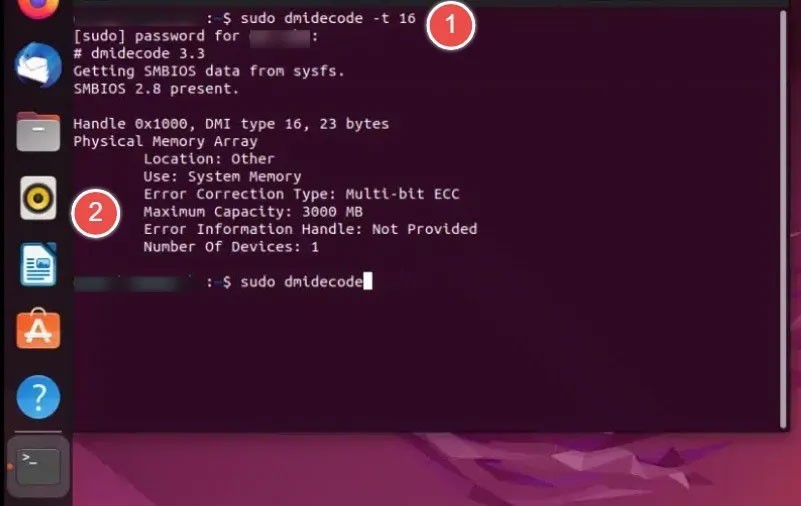
To find out how much RAM your computer has, see the article: How to check RAM speed, type, RAM capacity .
It's great to know how to figure out your maximum RAM capacity, but you may not be ready to upgrade your RAM right now. Instead, learn how to troubleshoot high memory usage . Also, check your RAM status from time to time to prevent any unwanted software glitches.
Although Windows Storage Sense efficiently deletes temporary files, some types of data are permanent and continue to accumulate.
You can turn off Windows 11 background apps to optimize performance, save battery and reduce RAM consumption.
When a computer, mobile device, or printer tries to connect to a Microsoft Windows computer over a network, for example, the error message network path was not found — Error 0x80070035 may appear.
We can block Internet access for any application or software on the computer, while other programs can still access the network. The following article will guide readers on how to disable Internet access for software and applications on Windows.
Instead of paying $30 for a year of security updates, keep Windows 10 safe until 2030 with this simple solution.
When it comes to Windows, it’s always helpful to know a few tricks for when your computer starts to crash. Many people have recently encountered a similar situation, and have restarted their computers with this super simple trick.
Large folders on the system are one of the culprits that eat up a lot of system space. Many folders that you create, after deleting them, will come back after a while. Maybe those are junk folders that you try to remove them.
This guide will help you answer the question Where is the Recycle Bin in Windows 10? and let you choose the most comfortable way to reach the Windows 10 Recycle Bin location:
On Windows, sometimes you also need to reset Windows Security settings to default to fix some connection errors, stop working or simply want to return to the original state...
To check if the IP address you are using is a dynamic IP address or a static IP address, you can refer to the article below by WebTech360.
Windows 11 can download drivers for your computer without user intervention, but you don't always want to install drivers automatically to avoid unwanted problems.
Clean Boot is a troubleshooting technique used to start Windows with a basic, essential set of drivers and startup programs.
The cloning process involves moving data from one storage device to another (in this case, a hard drive) with an exact copy copied from the destination drive.
Fast Startup Windows 11 helps your computer boot faster, but it can also be the reason why your Windows computer doesn't shut down completely.
Search on Windows 11 pulls results not only from files and apps on your computer, but also from cloud storage linked to your Microsoft account.
Although Windows Storage Sense efficiently deletes temporary files, some types of data are permanent and continue to accumulate.
You can turn off Windows 11 background apps to optimize performance, save battery and reduce RAM consumption.
When a computer, mobile device, or printer tries to connect to a Microsoft Windows computer over a network, for example, the error message network path was not found — Error 0x80070035 may appear.
We can block Internet access for any application or software on the computer, while other programs can still access the network. The following article will guide readers on how to disable Internet access for software and applications on Windows.
Instead of paying $30 for a year of security updates, keep Windows 10 safe until 2030 with this simple solution.
When it comes to Windows, it’s always helpful to know a few tricks for when your computer starts to crash. Many people have recently encountered a similar situation, and have restarted their computers with this super simple trick.
Large folders on the system are one of the culprits that eat up a lot of system space. Many folders that you create, after deleting them, will come back after a while. Maybe those are junk folders that you try to remove them.
This guide will help you answer the question Where is the Recycle Bin in Windows 10? and let you choose the most comfortable way to reach the Windows 10 Recycle Bin location:
On Windows, sometimes you also need to reset Windows Security settings to default to fix some connection errors, stop working or simply want to return to the original state...
To check if the IP address you are using is a dynamic IP address or a static IP address, you can refer to the article below by WebTech360.
Windows 11 can download drivers for your computer without user intervention, but you don't always want to install drivers automatically to avoid unwanted problems.
Clean Boot is a troubleshooting technique used to start Windows with a basic, essential set of drivers and startup programs.
The cloning process involves moving data from one storage device to another (in this case, a hard drive) with an exact copy copied from the destination drive.
Fast Startup Windows 11 helps your computer boot faster, but it can also be the reason why your Windows computer doesn't shut down completely.
Search on Windows 11 pulls results not only from files and apps on your computer, but also from cloud storage linked to your Microsoft account.
